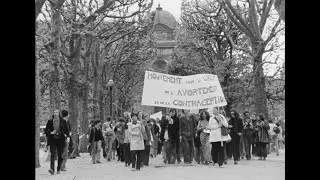MARIUS PETIPA: THE FRENCH MASTER OF RUSSIAN BALLET Clip
A film by Denis Sneguirev / An Icarus Films Release
http://icarusfilms.com/if-petipa
Marius Petipa was an unlikely artistic revolutionary. A middling dancer, he bounced around European cultural centres until he finally washed up in St. Petersburg in 1847 at age 29 – hired, sight unseen, by the Imperial Ballet as a principal dancer. A skilled socialite, he curried favor with the right people and within a decade staged his first ballet: the massive epic The Pharaoh’s Daughter.
Petipa became successful, but it would be decades before he emerged as the groundbreaking choreographer whose style transformed ballet and spread from Russia to the rest of the world. Indeed, his contributions dominated the form for generations. It is no coincidence that for his final performance, Rudolf Nureyev chose a Petipa ballet.
MARIUS PETIPA: THE FRENCH MASTER OF RUSSIAN BALLET traces Petipa’s career from his early, crowd-pleasing choreography to the works that would become his masterpieces: Sleeping Beauty and Swan Lake. Their stunning choreography and Tchaikovsky’s music elevated ballet for the first time to one of the world’s great art forms.
More than a biography, the film explores the social and political contexts of Petipa’s work and his ongoing influence on ballet today.
Director Denis Sneguirev takes us to Paris, New York, Berlin, Milan, and Moscow, where we meet some of ballet’s top choreographers, dancers, and conductors – including Nacho Duato, Alexei Ratmansky, and Nicoletta Mani. Some wrestle with ways to adapt Petipa’s work for contemporary tastes, while others face the challenge of re-learning basic techniques in order to revive works as close to the original style as possible.
The film features stunning performance and rehearsal footage, along with intriguing period artwork and colorized photography. Once celebrated, Petipa’s name has been largely forgotten outside of ballet. MARIUS PETIPA makes a significant contribution in re-introducing us to the life and work of this central figure.































